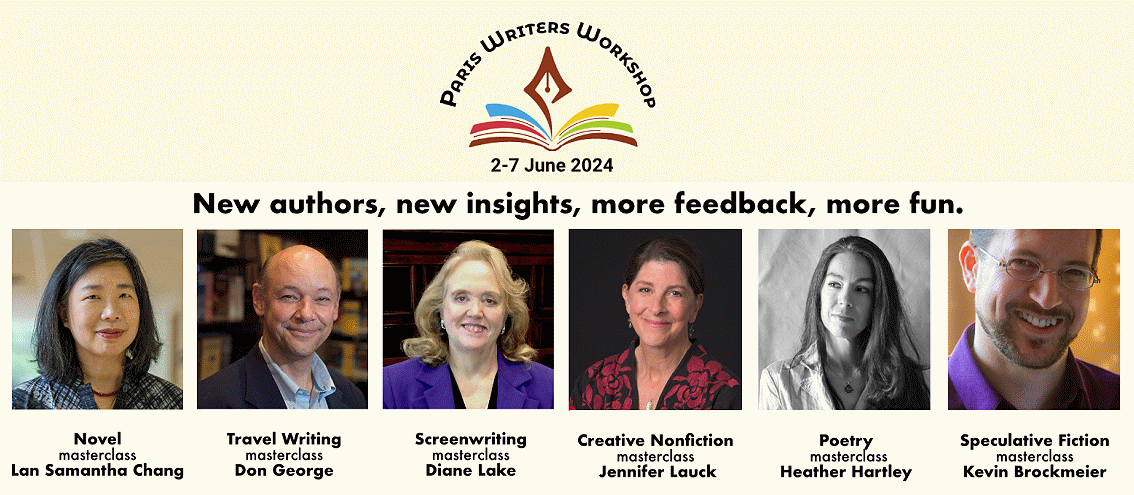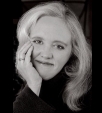
From Idea to Script to Sale





Before I get to today’s blog…
Thinking about doing more with your writing? Why not join me in Paris June 2-7 for my Masterclass in Screenwriting? Come be part of a dynamic community of writers and literary agents to learn, to write, to network, to energize your literary goals—and just to have fun in the City of Light!
The Paris Writers Workshop is the longest running literary program of its kind. This program offers 6 masterclasses by renowned authors, each a specialist in their field—and I’ll be teaching the Screenwriting Masterclass—in English, of course.
The workshop will be held at Columbia University’s beautiful Reid Hall campus in the heart of literary Paris—Montparnasse.
Registration is now open: https://wice-paris.org/paris-writers- workshop
We’ll have a great time getting your story ideas off the ground!!

Seeing Stories Everywhere--2
Last week I talked about how you notice something new or different—something that could lead to a story. I told you about the caterpillar who appeared on the screen of the sliding glass door of my office and three days later disappeared. It made me wonder what the normal cycle of a caterpillar’s life was like. So I researched a little about the caterpillar.
That’s how it begins—you notice something different, you explore it, and you think about how it might be a story, if you feel it’s story-worthy. And how do you decide if something is story-worthy? That’s a tough one… you just have a feeling that there might be something there.
You then go from that feeling to the next step—you cultivate that idea and you try to grow it into a story.
In the case of my caterpillar, I asked the most obvious question—what the heck is it doing on my screen? The screen leads from the house directly onto a stone terrace. There are no bushes or trees, just a large terrace with a pool in the center. After the terrace and pool is a half-acre of grass, plants and eventually trees near the end of the property. So the caterpillar must have crawled a very long way to get to my screen because its normal habitat is vegetation.
Next question is why—what happened in the life of the caterpillar to inspire it to crawl across this gigantic terrace and decide that this screen was a good place to be?
After all, from my research about the caterpillar, I discovered that after it emerges from its chrysalis it needs to find a mate and lay eggs… and there was very little chance of that happening on my screen door.
My fantasy was that, for whatever reason, the caterpillar liked my screen and I’d get to see it build its silky chrysalis and wrap itself up tight. I was even fantasizing about trying to hook up my iPhone to be a sort of time lapse photo mechanism so that I could see it emerge from its chrysalis. Wouldn't that be something? To see that metamorphosis?
But I know nothing about setting up the iPhone to do such a thing—if it’s even possible. And the fantasy dissolved when I woke up on day three to find the caterpillar had vanished.
So is there a story here? How can I cultivate this idea if the caterpillar disappeared on me?
Easy. You don’t stick to the reality, you morph the reality into something else. You use your research and your fantasizing capabilities to create a story out of an event.
And that’s how it begins. You see something new, you cultivate that idea, and then you burst forth with a story.
But wait a minute, it’s not easy, is it? Actually… no. But we’ll explore how it can be done next week—see you then!
Copyright © Diane Lake
18Oct20